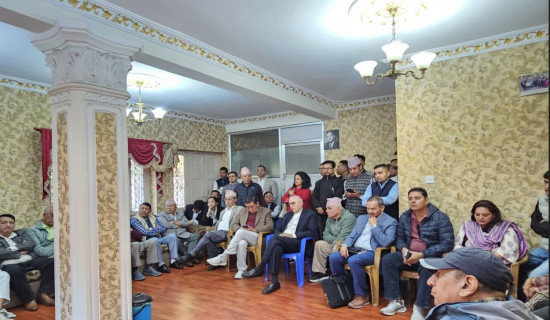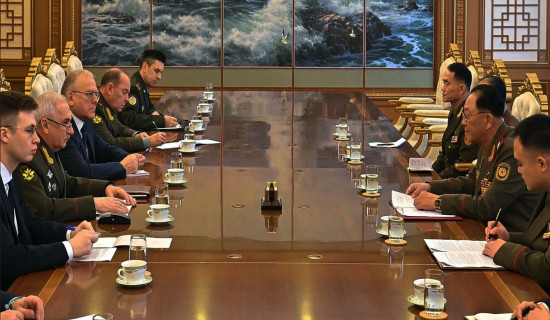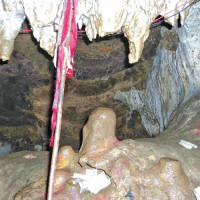- Saturday, 8 November 2025
Security Printing Press begins driving licences printing
By A Staff Reporter,Kathmandu, Nov. 8: The government has started printing vehicle driving licences in home, marking a significant step toward bolstering administrative efficiency and national security. The Security Printing Press under the Ministry of Communication and Information Technology has started printing the driving documents since Friday.
Minister for Communication and Information Technology Jagdish Kharel inaugurated the printing by pressing the start button on the press machinery at Banepa of Kavrepalanchok district on Friday. Speaking at the ceremony, Minister Kharel highlighted that despite numerous legal entanglements and operational challenges, essential arrangements were made to resume licence printing work.
“The machinery and components at the Security Printing Press were lying idle for years, gathering dust,” he said. “The facility was almost in a state of ruin. After thorough cleaning and preparation, we have finally resume printing operations.”
Minister Kharel said that the security press is capable of producing a wide array of secure documents, including national identity cards, passports, land ownership certificates, stickers, and postage stamps. However, printing operations had remained idle for an extended period. “Through significant effort, we have now commenced licence printing at the government press itself,” he added.
“There is an immediate requirement to print 2.8 million driving licences. By initiating printing in-house rather than relying on foreign contractors, we aim to provide citizens with tangible proof of good governance,” said Minister Kharel, who is also the government spokesperson.
Printing licences, passports, and national identity cards had been outsourced to foreign firms, raising concerns over both costs and security. Minister Kharel said that with proper policy reforms, the government can now utilise existing infrastructure and resources to undertake the work internally.
“We have overcome policy issues, structural deficiencies, budgetary constraints, and manpower shortages to resume licence printing. Previously, there were court cases and complaints to the anti-corruption authority regarding secure printing. By establishing new guidelines and ensuring resources and workforce management, we have restarted printing licences,” he added.
Speaking on the occasion, Radhika Aryal, Communication Secretary and Chairperson of the Security Printing Centre, reminded everyone of the Centre's commitment to work in accordance with the mandate provided by the law. She directed the Executive Director to move forward with printing all types of security documents domestically.
Narhari Tiwari, Acting Director-General of the Department of Transport Management (DoTM), said that with the commencement of licence printing, service users will receive relief. According to him, distribution of around 3 million cards, for which revenue has already been collected, is still pending
Executive Director of the Security Printing Press, Devraj Dhungana, said that printing has resumed after resolving multiple legal and technical complexities. In the first phase, printing will follow an agreement to produce 1.2 million licences, with production gradually increasing in line with daily requirements, he said.
Initially, the press is operating on card-based printing, with paper-based printing to begin within six months in the under-construction facility. From Friday, the press has also been capable of producing national identity cards, postage and revenue stickers, land ownership certificates, and visa stickers.
The Security Printing Press was established, spending approximately Rs. 3 billion to date, underscoring the government’s commitment to secure and self-reliant printing operations.
According to the Centre, while the new licences will not have a ‘chip’ like the previous versions, they will feature an advanced security system. The Centre has agreed to print around 1.2 million new licences within the next six months. The new cards will feature a QR code and will utilise six layers of security technology. The new card will have 34 different security features, some visible and some hidden. Traffic police will be able to scan the QR code offline to verify the details.
In May of this year, the DoTM and the Security Printing Centre signed an MoU to print approximately 2.8 million remaining licences. The implementation agreement was signed just a week ago after the technical evaluation of the project, informed Dhungana.














